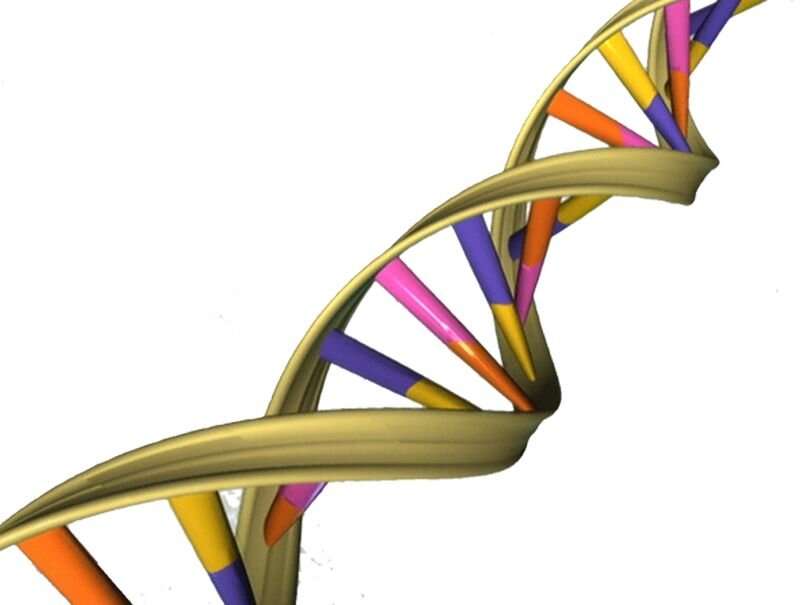Driving conservation efforts with DNA data

Using ancient and historical genetic data could help guide conservation actions, according to new research led by Newcastle University.
An international team of conservation experts has revealed how ancient and historical DNA (a/hDNA), such as genetic data from specimens stored in natural history museums, can be used to assess population genetic patterns and processes that are relevant for endangered species.
Publishing their findings in the journal Trends In Ecology and Evolution, the scientists show that a/hDNA can be compared with contemporary data to inform conservation efforts and policies. Given that many of the ancient and historic samples have been collected before the dramatic anthropogenic biodiversity loss, these data could be used to show how genetic diversity changed thought time, particularly in relation to human-related environmental changes.
Study lead, Dr. Evelyn Jensen, Lecturer in Molecular Ecology in Newcastle University's School of Natural and Environmental Sciences, said that "although genetic diversity has been recognized as a key component of biodiversity since the first Convention on Biological Diversity (CBD) in 1993, it has rarely been included in conservation policies and regulations. Even less appreciated is the role that ancient and historical DNA could play in unlocking the temporal dimension of genetic diversity, allowing key conservation issues to be resolved, including setting baselines for intra-species genetic diversity, estimating changes in effective population size, and identifying the genealogical continuity of populations."
"Our study shows that information from ancient and historical specimens can play a central role in preserving biodiversity and highlight specific conservation policies that could incorporate such data to help countries meet their CBD obligations."
The experts argue that genetic indicators must be explicitly included in conservation policies in order to increase the use and impact of a/hDNA research in preserving biodiversity. To be effective in conservation efforts, the role of a/hDNA must be clearly communicated to all actors—both to the promote its benefits and to set reasonable expectations of its potential.
The authors also highlight that maximum benefit could only be achieved if the conservation community advocates for the use of genetic indicators in conservation policies.
Cristiano Vernesi from Fondazione Edmund Mach, Italy, is the Chair of the COST Action G-BiKE and, together with Professor Tom Gilbert of Globe Institute, University of Copenhagen, organized the workshop that led to the outcomes reported in this paper.
He said that "the current molecular tools allow to us to consider the countless historical and museum collections like ancient books that wait to be read. The content of these books is of direct interest for understanding the evolutionary trajectories of current organisms. By accessing the temporal dimension, we can estimate the direction and intensity of many important aspects such as gene flow, admixture and inbreeding."
"To preserve as much as possible the integrity of these books, molecular geneticists have to work in close collaboration with museum curators and local communities. In the end, the unique information embedded in a/hDNA reinforces the researchers' strong believe that any new policy and regulation targeting biodiversity resources management and conservation should include the genetic biodiversity component."
More information: Evelyn L. Jensen et al, Ancient and historical DNA in conservation policy, Trends in Ecology & Evolution (2022). DOI: 10.1016/j.tree.2021.12.010
Journal information: Trends in Ecology & Evolution , Trends in Ecology and Evolution
Provided by Newcastle University





















